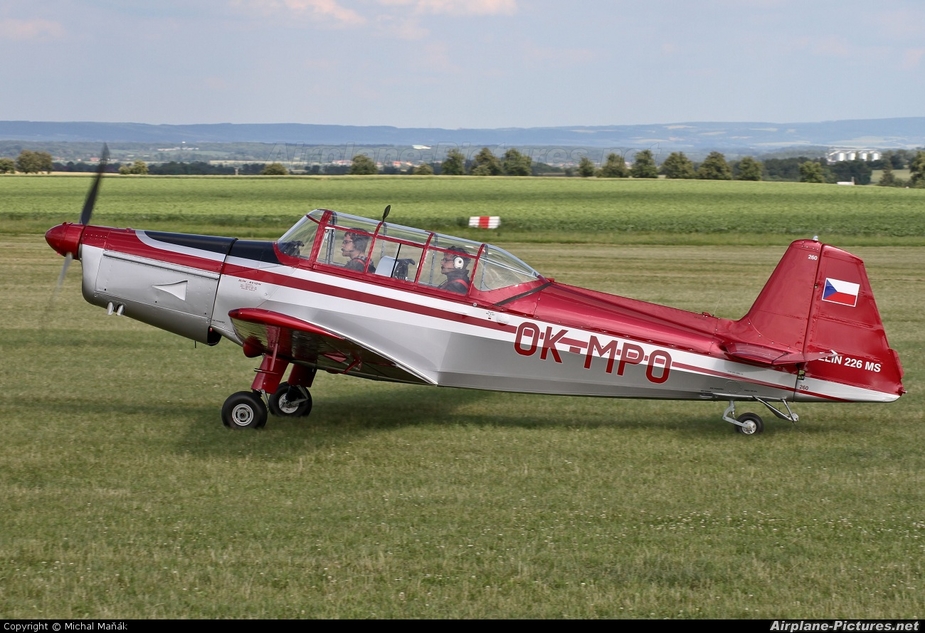This article [ local copy ] is interesting.
I wonder how close common certified GA types might be to getting into a flat spin if loaded sufficiently towards the rear?
Presumably to get into a spin you need to mishandle a stall first (ball not centred)?
The RAF AP3456 has a very good chapter on spinning. Alan Cassidy’s Better Aerobatics as well.
Our good friends the american taxpayer fund quite a lot of readily available information on the aerodynamics of spinning, and in the case of this article, the effect of gyroscopics.
Whether the aircraft is wing loaded or fuselage loaded probably is the main factor in spin characteristics.
https://ntrs.nasa.gov/archive/nasa/casi.ntrs.nasa.gov/19720005341.pdf
According to one of my instructors, Zlin Z226, an aerobatic trainer, does not really enter flat spin when loaded normally, but can be persuaded to do so by filling the tailwheel with water instead of air.

How does one get the Zlin out of the flat spin? I thought they were unrecoverable because none of the three controls do anything?
Cobalt, for aerobatic aircraft, they are usually recoverable, but the recovery techniques differ from type to type – sometimes you need pro-spin ailerons, sometimes the elevator action needs to be specifically timed vs. the rudder action. Not sure about the Zlin; on a Yak-52, you pull the throttle to idle and apply anti-spin rudder, then push the stick all the way forward along the centreline (which is conspicuously marked across the dashboard for this very purpose). The aircraft may take several full turns to recover (but, on the other hand, the altitude loss per turn in a flat spin is much less than in a steep one – about 300 feet in a Yak-52).
Peter wrote:
I wonder how close common certified GA types might be to getting into a flat spin if loaded sufficiently towards the rear?Presumably to get into a spin you need to mishandle a stall first (ball not centred)?
A DA42 with three people on board got into a flat spin and crashed in January this year after practicing accelerated stalls in darkness above a solid layer of low cloud…
Airborne_Again wrote:
practicing accelerated stalls in darkness above a solid layer of low cloud…
You mean the mandatory “how to recover from accelerated stall in darkness above a solid layer of cloud” -maneuver went bad ? 
All 3 of them survived. Had it been a normal (non-flat) spin, that would not have been the likely outcome because of the much grater rate of descent normally associated with a normal spin.
LeSving wrote:
You mean the mandatory “how to recover from accelerated stall in darkness above a solid layer of cloud” -maneuver went bad ?
Yup. It was a CPL/ME training sortie with an instructor… Go figure. I wonder what the Accident Investigation Authority will say about that.
….call me old fashioned but in ME training and the practical test standard it is standard stall recovery at first indication of the stall…
Some poor instructor and student had a less lucky outcome on a Vmc demo gone wrong in a Seminole in the Adriatic in 2009, despite the hundreds of casualties from Vmc demos resulting in the introduction of Vsse (single engine safety speed) in the 1970’s. A forward CG did not aid recovery in this case. Aerodynamically a T-Tail by definition does not result in rudder blanking, unless inverted, but even so they did not recover from the flat spin.
While RofD is around 9,000 fpm plus in a normal spin, its still off the VSI scale in a flat or high rotation spin (3,000 fpm plus).
The services only undertake spin training with a parachute for the crew, not a bad practice.